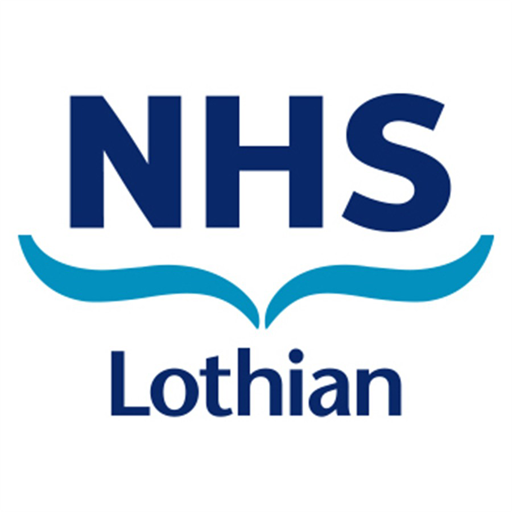- Include results of ROP screening in discharge letter.
- If screening not yet started – make sure that discharge letter informs other hospital of date when screening should be done.
If a baby is discharged into the community before completion of eye screening:
- They will not be referred to the Eye Pavilion
- They will not be referred to the Neonatal Outpatient Clinic for this screening
- They will be brought back to the Neonatal Unit for the next available screening session
On return to the unit the notes will be obtained, and prescription of the pupillary dilators carried out by medical staff. The ophthalmologists will be informed about the child.
The results will be documented as usual in the clinical notes by the ophthalmologist who will also dictate time and place of any subsequent appointments.
Treatment - click for guidelines
